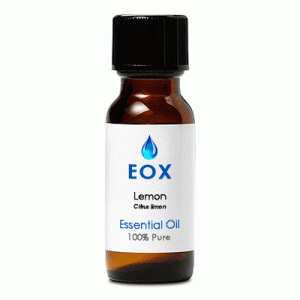|
Characteristics:
A pale greeny-yellow liquid with a light, fresh, citrus scent. It blends well with lavender, neroli,
ylang-ylang, rose, sandalwood, frankincense, chamomile, benzoin, fennel, geranium, eucalyptus, juniper,
oakmoss, elemi, labdanum, and citrus oils.
Principal Constituents: These are naturally occuring in the essential oil.
- limonene
- terpinene
- pinenes
- sabinene
- myrcene
- citral
- linalol
- geraniol
- octanol
- nonanol
- citranellal
- bergamotene
General Actions:     Open Symbols Key
Open Symbols Key
Anti-anemic, antirheumatic, antisclerotic, antiscorbutic, antispasmodic,
antitoxic, astringent, carminative, cicatrizant, depurative, diaphoretic, diuretic, febrifuge,
hemostatic, hypotensive, insecticide, rubefacient, stimulates leucocytes (white blood cells), tonic,
vermifuge.
Safety:

Non-toxic; may cause dermal irritation or sensitization reactions in some individuals. Apply in moderation.
Phototoxic: do not use on skin exposed to direct sunlight.
Primary Therapy Agent:
Acne, chilblains, spots, warts, corns.
Secondary Therapy Agent:
Athlete's foot, boils, abscesses, blisters, cold sores, herpes, congested and dull skin, cuts/sores,
dandruff, greasy or oily skin/scalp, insect bites, mouth and gum infections, varicose veins, arthritis,
cellulitis, high blood pressure, hypertension, obesity, poor circulation, low blood pressure, rheumatism,
asthma, bronchitis, catarrh, colds/flu, fever.
Important Note: The information on Florapathics.com is
only provided for educational purposes, and further research should be done on each essential oil to be assured
of its proper usage for each individual. Aromatherapy is not meant to be a replacement for care under a qualified
health professional, but should be considered a complimentary modality.
|









